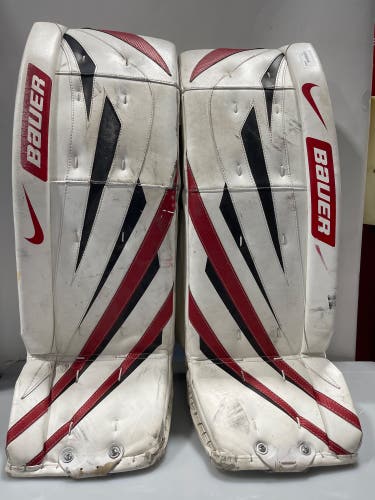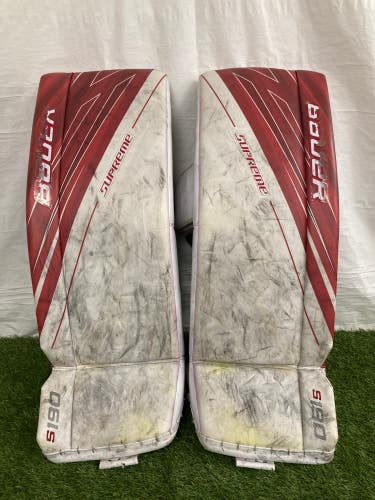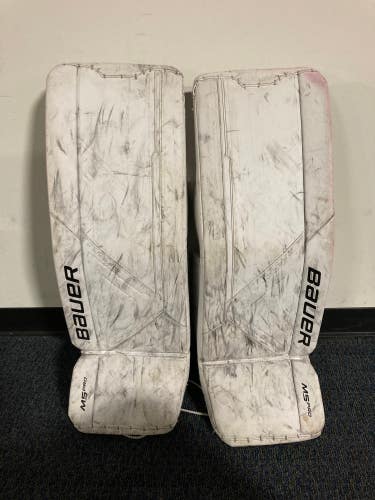Hockey Goalie Leg Pads
Popular Hockey Goalie Leg Pads
See more Popular Hockey Goalie Leg Pads
Bauer Supreme M5 Pro
40 Available
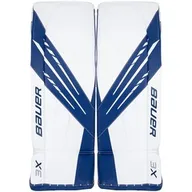
Bauer Vapor 3X
50 Available

Bauer MACH
23 Available
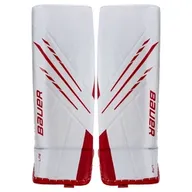
Bauer Hyperlite
36 Available

Bauer Supreme S29
27 Available
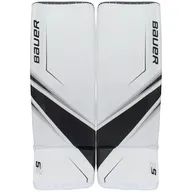
Bauer Supreme 2S Pro
24 Available

Bauer Ultrasonic
27 Available
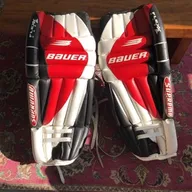
Bauer Supreme
18 Available

Bauer Vapor 2X Pro
20 Available

Bauer Vapor 2X
29 Available
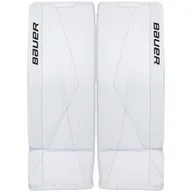
Bauer Supreme 3S
21 Available

Bauer Vapor 1X
10 Available

Bauer Supreme S27
16 Available
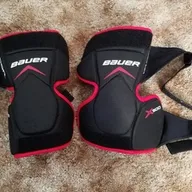
Bauer Vapor X900
16 Available

Bauer Supreme Shadow
7 Available

Bauer Supreme S190
9 Available

Bauer Supreme 1S
9 Available

Bauer Supreme UltraSonic
3 Available

Bauer Supreme Mach
2 Available

Bauer Supreme one70
8 Available

Bauer Supreme one90
3 Available

Bauer Supreme TotalOne
3 Available

Bauer One.7
7 Available

Bauer Supreme S170
6 Available

Bauer S27
8 Available

Bauer Supreme 1S OD1N
2 Available
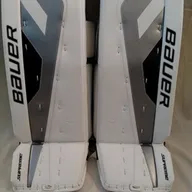
Bauer Supreme One.9
5 Available

Bauer Supreme One60
1 Available
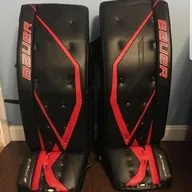
Bauer Supreme one80
3 Available
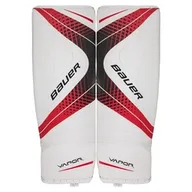
Bauer Vapor 1X OD1N Pro (2017 Model)
2 Available

Bauer Vapor X2.7
6 Available
Shop by Release Year
107 Results

msmaggie18

tendy24
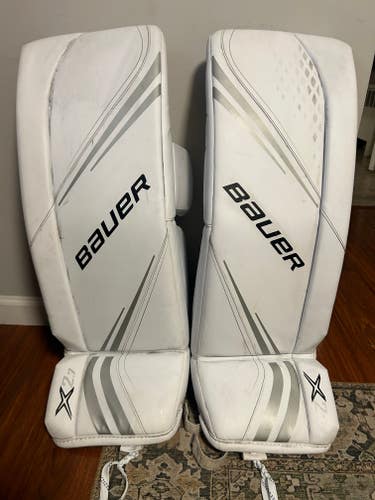
Stephen_soel
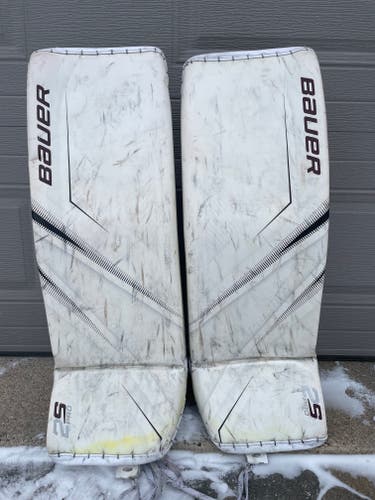
williamlalonde

Thockey03

QuickChange

HockeyStickMan
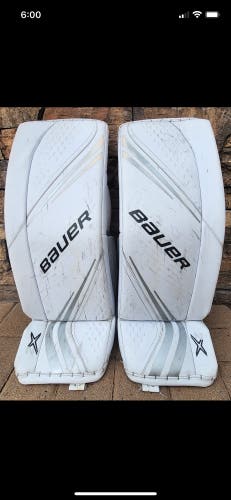
Fltendy20
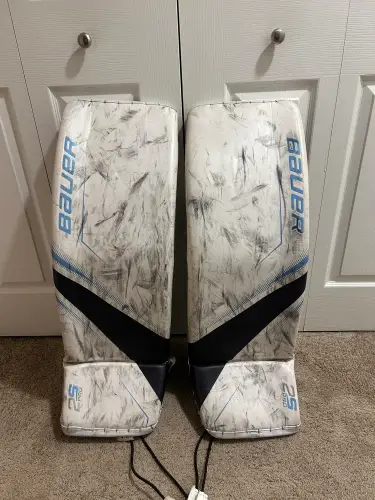
jsweeney31
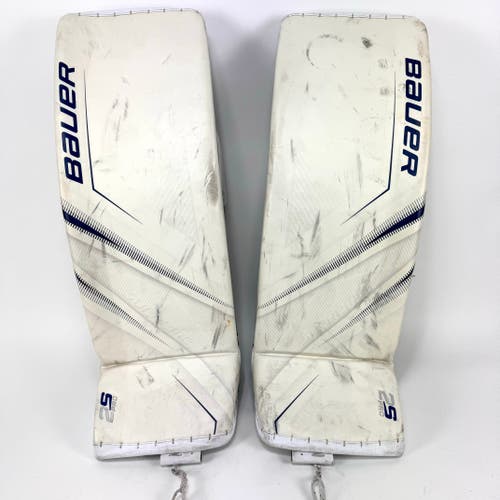
TopFlightHockey

Mddh
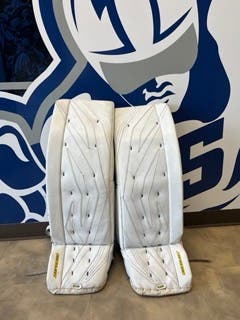
SyracuseCrunch

aidangould

Travisty67

20psimr
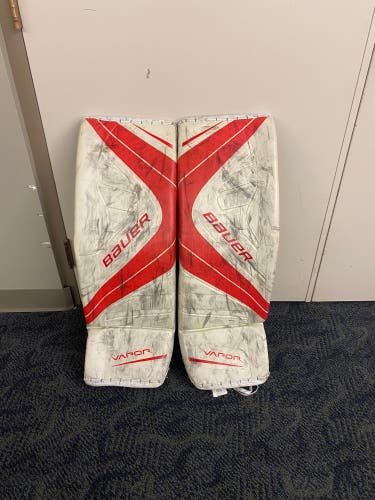
jktendy33

SPRATTKS

SteelDeals
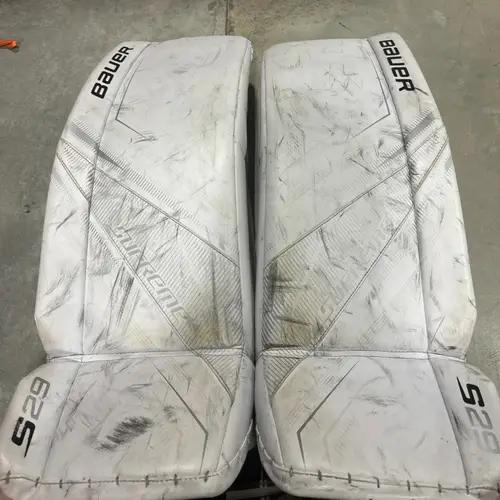
NE_Resellah

ReQuip
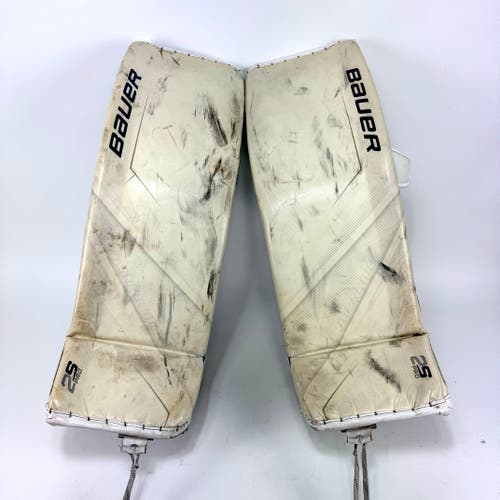
TopFlightHockey

GreatLakeSports

blowout_bargains

alextarves

